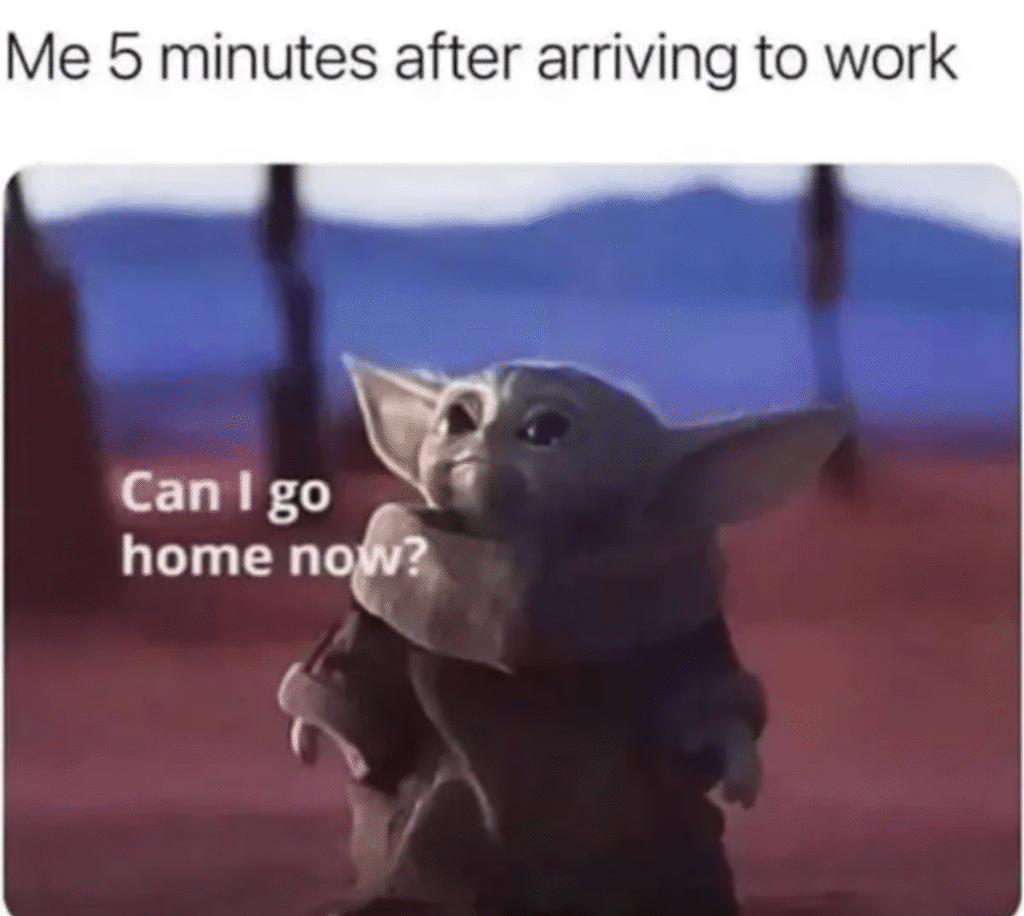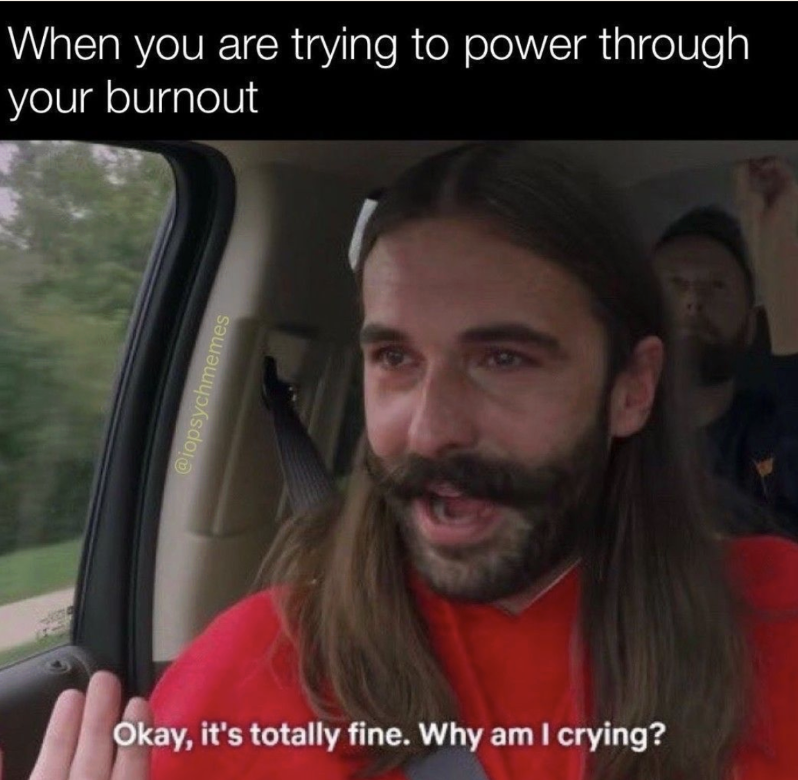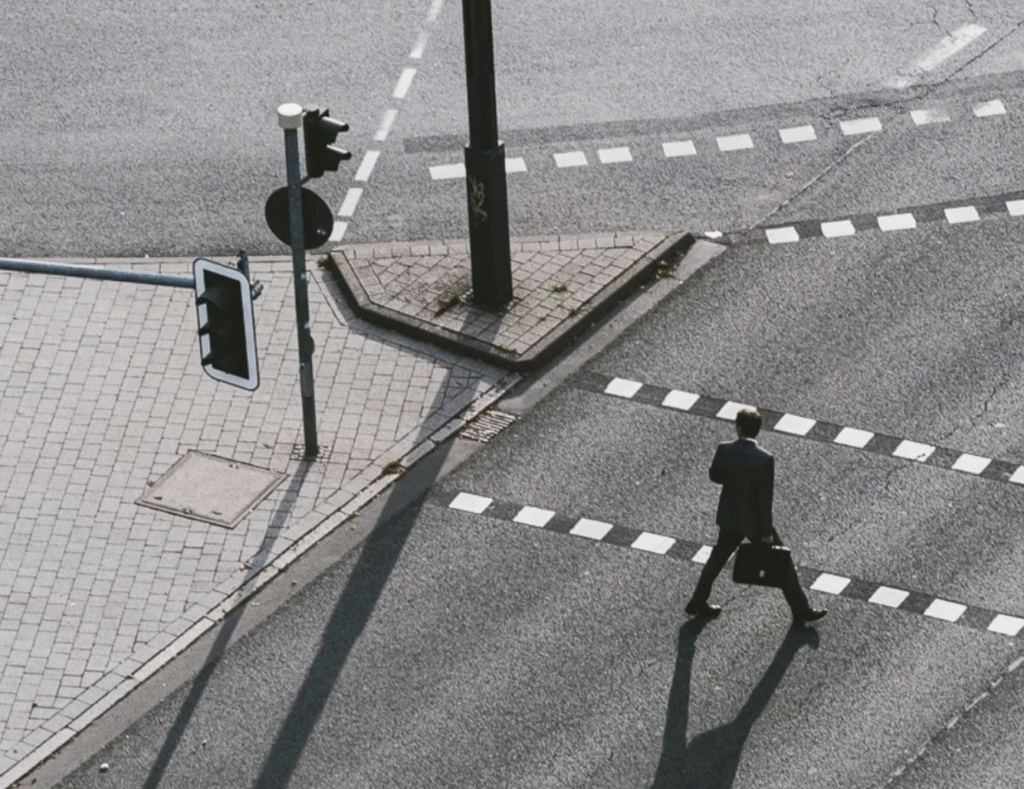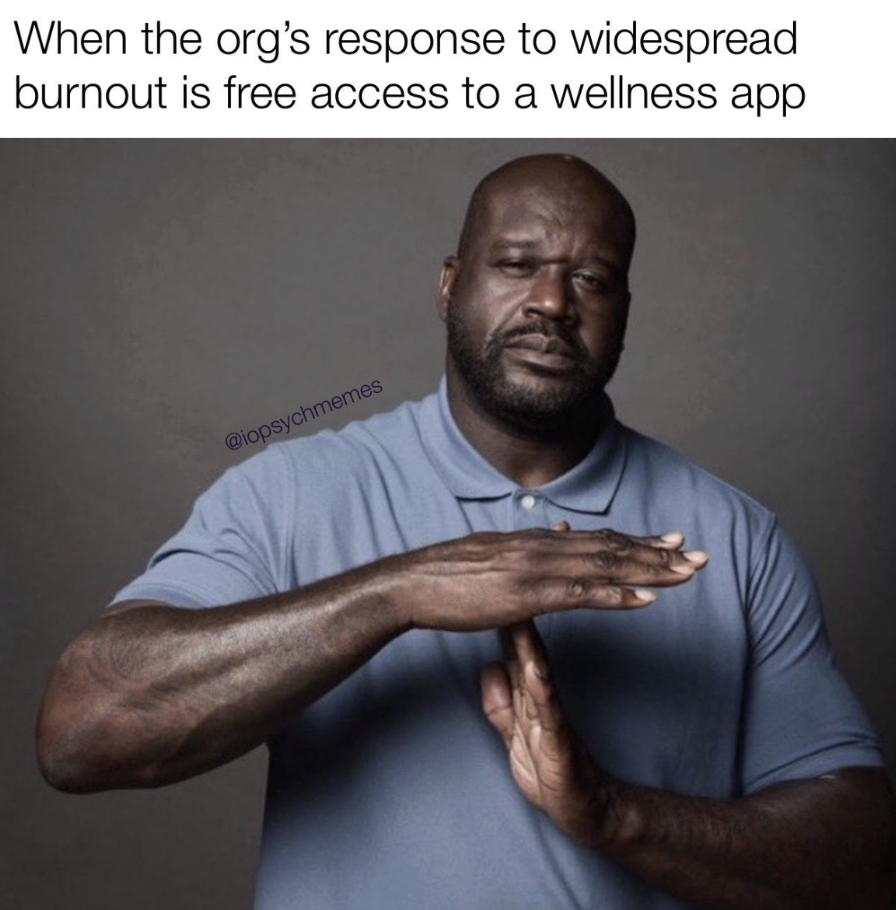NYC Burnout: End-of-Year Guide
The end of the year in New York City carries a unique rhythm: packed subways, dense crowds in midtown, calendar reminders stacked with deadlines, and social calendars we swear we enjoy. On the surface, the city glows with celebration. Underneath, many professionals are quietly running on fumes. Burnout is not just exhaustion.
It is a state of emotional, physical, and cognitive depletion due to prolonged stress, and in NYC, the end of the year seems to magnify every contributing factor: the high cost of living, the pressure to perform well at work, holiday financial strain, crowded commutes, and expectations of constant productivity (American Psychological Association, 2023; Mercer, 2024).
This article explores why burnout peaks this season in NYC, how to recognize it, what employers and professionals can do, and when and why to seek support.

Why Burnout Spikes in New York at Year-End
December in most cities can feel overwhelming. In New York, it often feels like the volume knob clicks past ten. The high-intensity pace that defines the city doesn’t slow down because the calendar says it’s time to rest. If anything, it accelerates.
Several forces collide at once:
- Year-end performance reviews and deadlines
- Financial pressures (holiday spending, higher cost of living, year-end bonuses tied to stress) (Mercer, 2024)
- Seasonal crowds and transit congestion (Office of the New York State Comptroller, 2025)
- Shorter daylight hours and colder temperatures
- Heightened comparison culture
- Expectations to “finish strong” and “show up socially”
Burnout emerges when these stressors outpace coping capacity. It is not a personal failure. It is a predictable response to sustained overload, especially in a city where people often run at 120% even in months like July.
Quick reset (pressure release):
On your commute or between meetings, try two rounds of the physiological sigh (inhale, small top-up inhale, slow extended exhale). Check email in 2–3 short windows per day (set a 10-minute timer) instead of constantly. Use the two-tab rule (keep only the task doc and one reference open; park everything else in a “Later” window). Small shifts reduce the fuel that drives burnout.
Recognizing Burnout Before It Peaks
Burnout doesn’t always look like collapse. Sometimes it looks like functioning on autopilot.
Emotional
- Feeling detached or numb
- Irritability, frustration, or cynicism
- Dread toward work or social obligations
- Feeling “flat” or joyless, even during celebrations
Physical
- Fatigue that sleep doesn’t fix
- Headaches, muscle tension, or digestive issues
- Changes in appetite or sleep
- Frequent colds or slower recovery from minor illness
Cognitive
- Difficulty concentrating
- Forgetfulness or brain fog
- Feeling overwhelmed by simple tasks
Behavioral
- Avoiding communication
- Procrastination, withdrawal, or increased conflict
- Skipping meals or relying heavily on caffeine/alcohol
Burnout is often gradual. Many New Yorkers push through symptoms, minimizing them as “just the season” or “normal city life.” When the body whispers and we ignore it, it eventually raises its voice.
Try this (14-day self-check):
Track daily for two weeks: hours slept, minutes of after-hours work, caffeine after 2 p.m., and mood (0–5). If ≥3 days/week combine poor sleep + after-hours work + low mood, treat it as a yellow light and apply the routines below.

NYC-Specific Stress Drivers
High Cost of Living
Rent, groceries, childcare, transportation, and basic leisure are among the highest in the U.S., and NYC is consistently ranked North America’s most expensive city (Mercer, 2024). Financial strain is a core driver of burnout. December adds pressure through gift-giving, travel, and social events. When economic stress meets emotional fatigue, resilience thins.
Money move (simple helps):
Set a holiday budget envelope (gifts, travel, events). Pre-decide low-cost traditions (walk to see lights, potluck with friends). Use a 24-hour rule before comparison-driven purchases.

Commute Stress and Overstimulation
Crowded subways, winter delays, street congestion, sirens, horns, and constant sensory load trigger stress responses. Systemic delays and major incidents are still substantial, even as some metrics improve (Office of the New York State Comptroller, 2025). Burnout worsens when the nervous system doesn’t get a break.
Commute reset:
Take one earlier train to avoid peak; use over-ear headphones with brown noise; after exiting, do a 2-minute distance-gaze break to downshift arousal.
Work Culture and High Ambition
NYC attracts high achievers. Deadlines tighten at year-end, and workplace expectations increase. With many industries syncing fiscal cycles to December, stress becomes systemic, not personal. U.S. workforce surveys consistently show high work-related stress and burnout risk, underscoring the organizational (not just individual) nature of the problem (American Psychological Association, 2023).

Comparison and Performance Pressure
NYC culture often romanticizes hustle. Social media amplifies success stories and curated holiday joy. When someone is quietly struggling, this contrast can heighten burnout.

What Employers Can Do to Reduce Burnout
Healthy organizations acknowledge that supporting employee well-being isn’t a luxury; it improves retention, creativity, and performance. Leaders and managers in NYC workplaces can reduce burnout by:
- Setting realistic year-end expectations — shift from “finish everything” to “prioritize strategically.”
- Encouraging real time off — model true disconnection (no after-hours messages for non-urgent items).
- Offering flexibility — remote days, staggered hours, adjusted workloads.
- Normalizing boundaries — leaders set and keep clear limits.
- Checking in individually — create genuine space to discuss load and needs.
- Providing mental health support — EAPs, accessible therapy, and proactive communication. Prevention is easier than recovery (American Psychological Association, 2023).
One-week employer playbook:
- No-meeting half days Tuesday/Thursday mornings for deep work.
- Redistribution board listing deliverables and estimated hours; rebalance weekly.
- Delay-send after 7 p.m. for all non-urgent emails.
- Batch approvals at 11:30 and 4:30 to reduce context switching.
- January ramp plan: week one = documentation and retrospectives (avoid a “Q5” that extends burnout into the new year).

How Individuals Can Manage Year-End Burnout
Burnout recovery is not just “self-care.” It is nervous-system repair and boundary-setting. Approaches backed by psychology and clinical practice include:
Protect Your Energy With Boundaries
Instead of “I should attend everything,” try:
- “I’d love to, but I’m prioritizing rest.”
- “I can join for one hour.”
- “This week is full for me—let’s connect in January.”
Structure Rest
Schedule downtime like you would a meeting. In NYC especially, rest needs intentional space:
- Quiet morning routine
- One plan-free evening per week
- Tech-free blocks
- Avoid back-to-back commitments
Micro-habit (50/10 cadence):
Work 50 minutes, break 10: stand, stretch, hydrate, and rest your eyes by looking into the distance. Repeat 3–4 cycles, then take a longer reset.
Light Exposure and Movement
Limited daylight can worsen mood and energy. Support your body with:
- Morning sunlight when possible
- Lunch walks
- Warm layers to support outdoor movement
- Consider light therapy if seasonal patterns are significant; bright light has evidence as a treatment for seasonal affective disorder (Terman, 2006; Wan et al., 2025). Evidence for prevention is less clear (Cochrane, 2019).
Regulate Stress Physically
Stress is physiological. Support recovery with:
- Breathing or guided relaxation
- Stretching or gentle movement
- Grounding exercises
- Music that calms your pace instead of matching the city’s speed
Evening downshift (20 minutes):
- Write a shutdown list (loose ends + first step for tomorrow).
- Dim screens or use a blue-light filter.
- Warm shower or gentle stretches.
- Read one page of a paper book in bed.
Financial Mindfulness
The holiday season in NYC often comes with unspoken financial expectations: gifts, gatherings, travel, and the subtle comparison game that the city’s culture can fuel. When you layer that onto already high living costs, a demanding job market, and year-end expenses, financial stress can quickly become an overlooked catalyst for burnout (Mercer, 2024).
Burnout intensifies when people feel pressure to appear “okay” financially while quietly struggling to keep up. It isn’t unusual to experience tension between wanting to be generous and needing to protect your stability. Financial guilt and shame can also surface, especially when comparing yourself to peers who seem able to “do it all.”
A healthier approach starts with clarity and compassion toward yourself. Consider setting a realistic holiday budget aligned with your needs, not social pressure. Identify traditions that matter and simplify those that create strain. Sometimes the most meaningful gift isn’t financial—it’s time, presence, or emotional support.
Practicing financial boundaries is not being restrictive; it is protecting your mental well-being. When you release the narrative that you must match what others spend, you reduce unnecessary stress and give yourself space to genuinely enjoy the season instead of pushing through it in survival mode.
Choose Meaning Over Obligation
New York offers endless options year-round, but December in particular can feel like a marathon of events, invitations, and expectations. The city’s social pace is fast, and the holiday season amplifies the belief that saying “yes” to everything equates to connection and success. For many, this pressure becomes a direct pathway to burnout.
Choosing what truly matters is not about isolation; it is about intention. Emotional exhaustion often comes not from the events themselves, but from giving energy to experiences that don’t align with your well-being. When your calendar fills with obligations instead of meaningful connection, you can become overstimulated, depleted, and disconnected from what you actually value.
Try reframing participation as choice, not duty. Ask yourself:
- Will this bring comfort, connection, or joy?
- Am I going because I want to be there or because I feel I should?
- Will saying yes support me or stretch me beyond my limit right now?
Saying no creates space for genuine rest, reflection, and moments that fill you rather than drain you. New Yorkers often pride themselves on resilience and productivity, but honoring emotional bandwidth is just as powerful.
Meaningful experiences—even quiet ones—often leave a deeper imprint than rushing from event to event on autopilot. Give yourself permission to prioritize connection that feels real and restorative, not performative or obligatory.
When Burnout Signals Something More
Sometimes burnout overlaps with or precedes depression or anxiety, especially in winter. Seek support if you notice:
- Persistent low mood
- Loss of interest in enjoyable activities
- Feelings of worthlessness or guilt
- Increased isolation
- Significant sleep changes
- Emotional numbness or irritability that concerns you
- Thoughts of self-harm or hopelessness
Therapy offers a structured space to understand burnout, rebuild resilience, and create sustainable patterns. Burnout does not mean you are weak. It means your mind and body have been strong for too long without relief. (For clarity on diagnostic boundaries: the World Health Organization classifies burnout as an occupational phenomenon, not a medical condition, characterized by exhaustion, mental distance/cynicism, and reduced efficacy) (World Health Organization, 2019a; 2019b).
How to start care in NYC:
Look for clinicians experienced in urban work stress and year-end pressure. Ask for a clear plan (boundary scripts, sleep routine, stress tools) and consistent follow-up.
NYC Doesn’t Slow Down — But You Can
Burnout in NYC isn’t a verdict—it’s a signal.
If the past weeks have felt like running on fumes, choose one system change (priorities, meeting load, boundaries) and one habit (sleep timing, commute reset, 50/10 cadence) and test them for two weeks. If you want structured support that fits New York’s pace, we’re here for you.
Get tailored help:
- Start a confidential consult through Sessions Health.
- Prefer a clinician who understands NYC work rhythms? Dr. Mel Corpus and our team can help you design a practical plan and stick to it.
Ready to feel different by January?
Send us a note today—we’ll help you lower the load, protect your energy, and finish the year on your terms.
